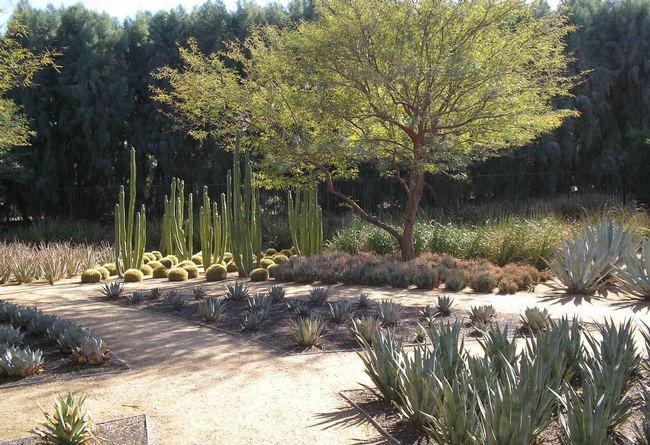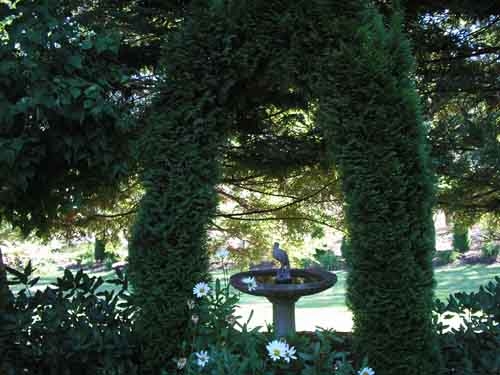Hardscapes are the constructed features such as paths, patios and pergolas that make a landscape human-friendly. Their permanent and relatively costly nature calls for careful planning before construction. Here are some questions and suggestions to help in planning hardscape features for your yard:

2. Consider how many people will commonly use the different features. This will help you determine the size needed for gathering areas like patios and pergolas. Measuring some of the rooms in your house can help you envision what will fit into a particular space.
3. Study your existing yard. Where are the sunny and shady areas? Are there areas that are a logical fit for a particular use? Do existing rooms in your house relate to items on your wish list? How will the new features relate to each other? Strive to create a sequence of features that relate to one another, to your existing conditions, and to rooms within your home.
4. Once you know what you want to construct, how big it will be, and where it will go, consider materials. Your selections will be influenced by budget, maintenance goals, intended use, and aesthetics.
In general, the more steps it takes to construct something, the more it will cost to install and the more durable it will be. Labor costs often exceed the cost of materials. For paving, loose materials such as decomposed granite are inexpensive and easier to install but harder to maintain. Concrete paving is moderately expensive and requires skill to install but requires little maintenance. Unit pavers such as brick or natural stone are very expensive and durable when installed over a concrete base. Installing them over a flexible base such as base rock is less expensive, less durable, and requires more maintenance.

Finally, consider aesthetics. The materials and the shape of hardscaped areas affect the look of a landscape. Landscapes can range from formal to natural. Formal designs lean toward symmetry, geometric shapes, hard edges, and solid construction. Asymmetry, curvilinear lines, irregular edges, and soft materials support a more rustic, natural feel. For maximum cohesion, let your home's style guide your aesthetic choices. Look for ways to repeat some of your home's architectural details and materials in your landscape.
Bring home samples of potential materials to ensure a coordinated look between new and existing features. Do the colors work well together? Is there a balance of highly textured and less textured materials? Do the materials fit with the intended style?
Finally, remember that well-planned hardscape features will improve the look, feel, and function of your home landscape.
For information on permeable hardscape materials, which are particularly well-suited to our environmental conditions, see Permeable Hardscape by UC Master Gardener of Napa County.
UC Master Gardeners of Butte County are part of the University of California Cooperative Extension (UCCE) system. To learn more about us and our upcoming events, and for help with gardening in our area, visit our website. If you have a gardening question or problem, email the Hotline at mgbutte@ucanr.edu (preferred) or call (530) 538-7201.